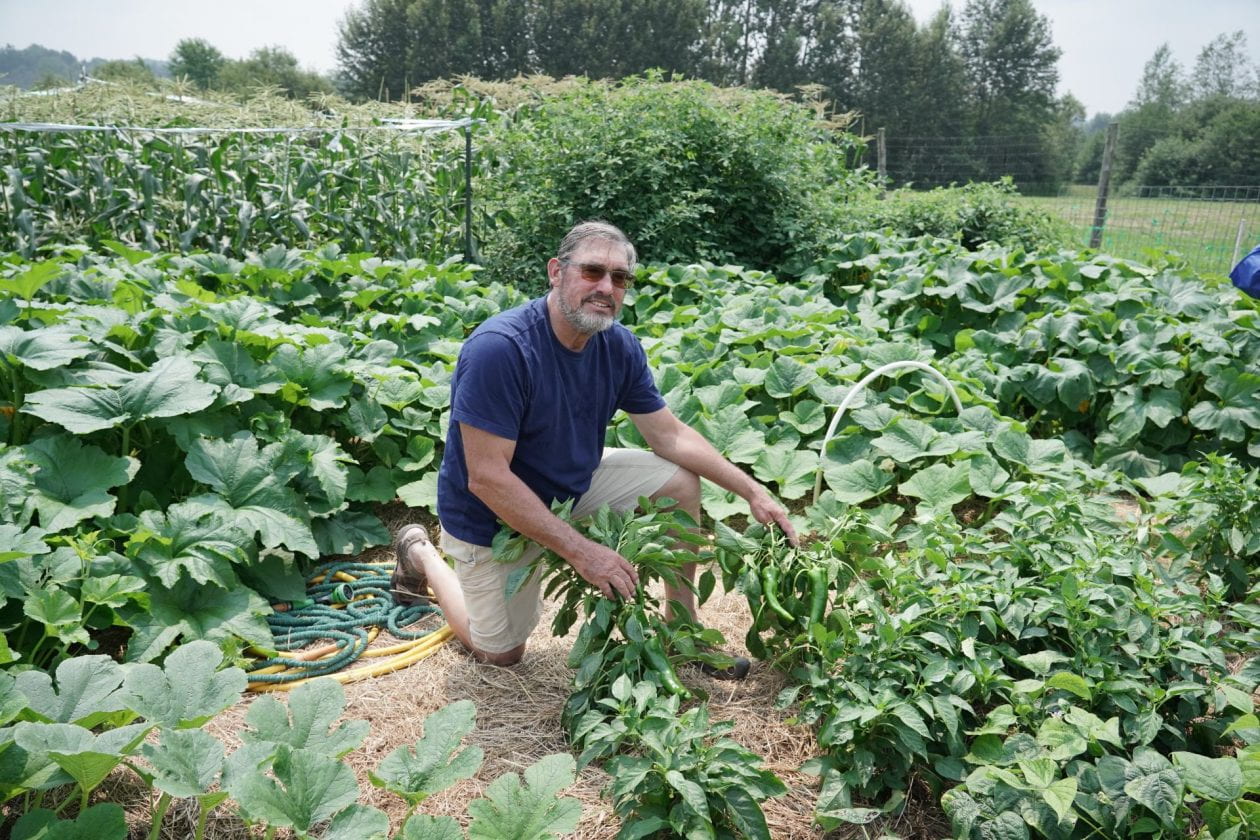For most gardeners, things have quieted down in the garden. It’s a time to clean and to review our successes and failures from the past growing season… but don’t put up your spade forks, shovels, and trowels just yet! It’s time to plant one of the easiest, healthiest, and tastiest of all garden vegetables: Garlic.
Garlic is grown on a different schedule from other vegetables. Late summer is the time to source seed garlic, choose a site and start preparing a garden bed. Mid-late October provides the window to divide bulbs, plant cloves, and mulch heavily before the cold weather sets in for good. Spring will see garlic emerging early along with spring flower bulbs. Some watering and side dressing will ensure a good harvest in July.
What makes garlic so easy to grow? Heavy mulching at planting time greatly reduces weed growth the following spring and summer, so weeding is usually not a problem. Not only are garlic pests and diseases uncommon, but they can actually deter garden pests. A well-balanced soil high in organic matter and some occasional watering provide all your garlic will need. Let’s dig into the details of growing garlic successfully. Read more Time to plant your garlic!


